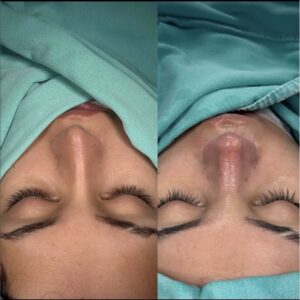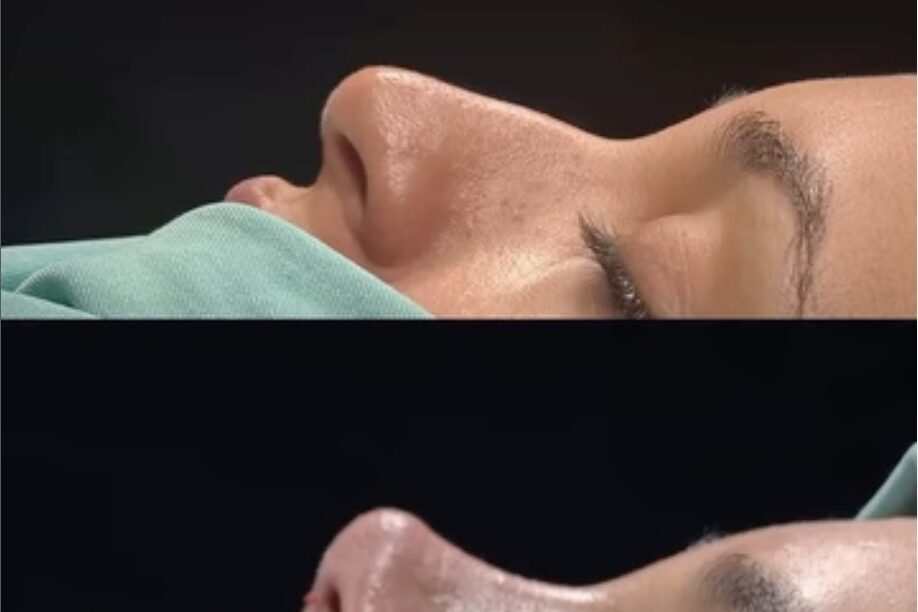What is the Most Requested Nose Job? Rhinoplasty, commonly known as a nose job, is one of the most popular cosmetic surgeries worldwide. The most requested type of nose job varies depending on the patient’s aesthetic goals, cultural background, and individual anatomy. However, some procedures tend to be more commonly requested than others due to their ability to address common concerns regarding nose shape and function.
What is the Most Requested Nose Job?
Here are the most requested types of rhinoplasty procedures:
1. Nose Reshaping (Aesthetic Rhinoplasty)
This is the most common type of rhinoplasty and is requested by individuals who want to enhance the appearance of their nose. Aesthetic rhinoplasty can address a variety of concerns, such as:
- Reducing or eliminating a bump (dorsal hump) on the nose bridge.
- Refining the shape of the nasal tip, making it more defined or removing any bulbous or drooping appearance.
- Narrowing the nostrils to create a more symmetrical and balanced look.
- Straightening a crooked nose, often caused by trauma or genetics.
- Increasing or decreasing nasal size to match the proportions of the face better.
Why It’s Popular:
- Aesthetic rhinoplasty is highly customizable, addressing a wide variety of concerns.
- It is designed to create a nose that balances the facial features while maintaining the natural essence of the patient’s ethnicity and identity.

What is the Most Requested Nose Job?
2. Revision Rhinoplasty (Secondary Nose Job)
Revision rhinoplasty is a procedure performed on patients who are unhappy with the results of a previous nose job. This type of rhinoplasty is particularly common among patients who have experienced complications or dissatisfaction with their original surgery.
Why It’s Popular:
- It offers correction and enhancement for patients whose first rhinoplasty did not meet their expectations.
- Experienced surgeons specialize in this procedure to repair and perfect previous nose jobs, often requiring delicate techniques to address both aesthetic and functional concerns.
- This surgery may involve cartilage grafting to rebuild the nasal structure if the initial procedure compromised the nose’s foundation.
3. Ethnic Rhinoplasty
Ethnic rhinoplasty refers to rhinoplasty procedures tailored to individuals of different ethnic backgrounds, with the goal of enhancing the nose without altering a person’s ethnic identity. This type of rhinoplasty focuses on preserving unique ethnic traits while improving overall nasal appearance and function. What is the Most Requested Nose Job?
- Asian rhinoplasty often involves augmenting the nasal bridge for patients who have a flatter nose.
- African American rhinoplasty might involve reshaping the tip or narrowing the nostrils without losing the characteristic broader nasal base.
- Middle Eastern rhinoplasty frequently addresses the dorsal hump and the projection of the tip while keeping a strong profile.
Why It’s Popular:
- Personalized approach that enhances beauty while respecting cultural and ethnic features.
- Addresses the distinct nasal characteristics of each ethnicity and provides natural-looking results.
4. Non-Surgical Rhinoplasty (Liquid Rhinoplasty)
Non-surgical rhinoplasty, also known as liquid rhinoplasty, involves the use of dermal fillers (e.g., hyaluronic acid) to reshape and contour the nose. While this is not a permanent solution, it is a popular choice for those who want to make temporary adjustments to their nose shape without going under the knife.
Common uses of liquid rhinoplasty include:
- Smoothing out bumps on the nasal bridge.
- Enhancing the tip to create more projection.
- Improving symmetry for minor deformities.
- Correcting nasal asymmetry or depression.
Why It’s Popular:
- Quick and non-invasive, with little to no downtime.
- Temporary results, so patients can decide whether they like the changes before committing to a permanent surgical procedure.
- Minimal risk compared to traditional surgery.
- Suitable for those who are not ready for surgery or who want a less permanent solution.
5. Septoplasty (Functional Rhinoplasty)
While primarily a functional procedure, septoplasty is often performed in conjunction with aesthetic rhinoplasty. Septoplasty is designed to correct deviated septum (the cartilage and bone that divides the nasal passages), which can cause breathing issues.
- The goal is to straighten the septum to improve airflow and alleviate breathing difficulties.
- It may be done alongside rhinoplasty if a patient also desires aesthetic changes to the nose.
Why It’s Popular:
- Addresses both medical and aesthetic concerns simultaneously.
- Often performed for people who have difficulty breathing through their nose due to structural issues.
- Improves quality of life by resolving breathing issues and enhancing the appearance of the nose.
6. Tip Refinement (Tiplasty)
A tip refinement or tiplasty focuses specifically on altering the shape, size, or projection of the nasal tip. It is one of the most requested procedures for those who feel that their nose is too wide, round, or drooping.
- It involves reshaping the nasal tip to create a more defined and aesthetically pleasing contour.
- Tip refinement can be performed alone or as part of a full rhinoplasty procedure.
Why It’s Popular:
- Many patients are dissatisfied with the shape or projection of their nasal tip, which is one of the most visible parts of the nose.
- Subtle refinements can yield dramatic changes in the overall appearance of the nose.
- The procedure is less invasive than full rhinoplasty and often offers quicker recovery times.
Conclusion: The Most Requested Nose Jobs
The most requested nose jobs include:
- Aesthetic Rhinoplasty – for reshaping the nose, removing bumps, refining the tip, and improving overall facial harmony.
- Revision Rhinoplasty – for correcting or refining previous nose surgeries.
- Ethnic Rhinoplasty – for enhancing the nose while respecting cultural and ethnic characteristics.
- Non-Surgical Rhinoplasty – a temporary, non-invasive way to reshape the nose with fillers.
- Septoplasty – for correcting functional issues like a deviated septum.
- Tip Refinement – focused on improving the appearance of the nasal tip.
While each of these procedures addresses different concerns, the goal of rhinoplasty remains the same: to enhance the natural beauty of the nose while maintaining balance with the rest of the facial features. Whether you’re looking for a dramatic change or a subtle refinement, there is a rhinoplasty option that can meet your needs. Always consult with a board-certified surgeon to determine which approach is best suited to your individual goals.









